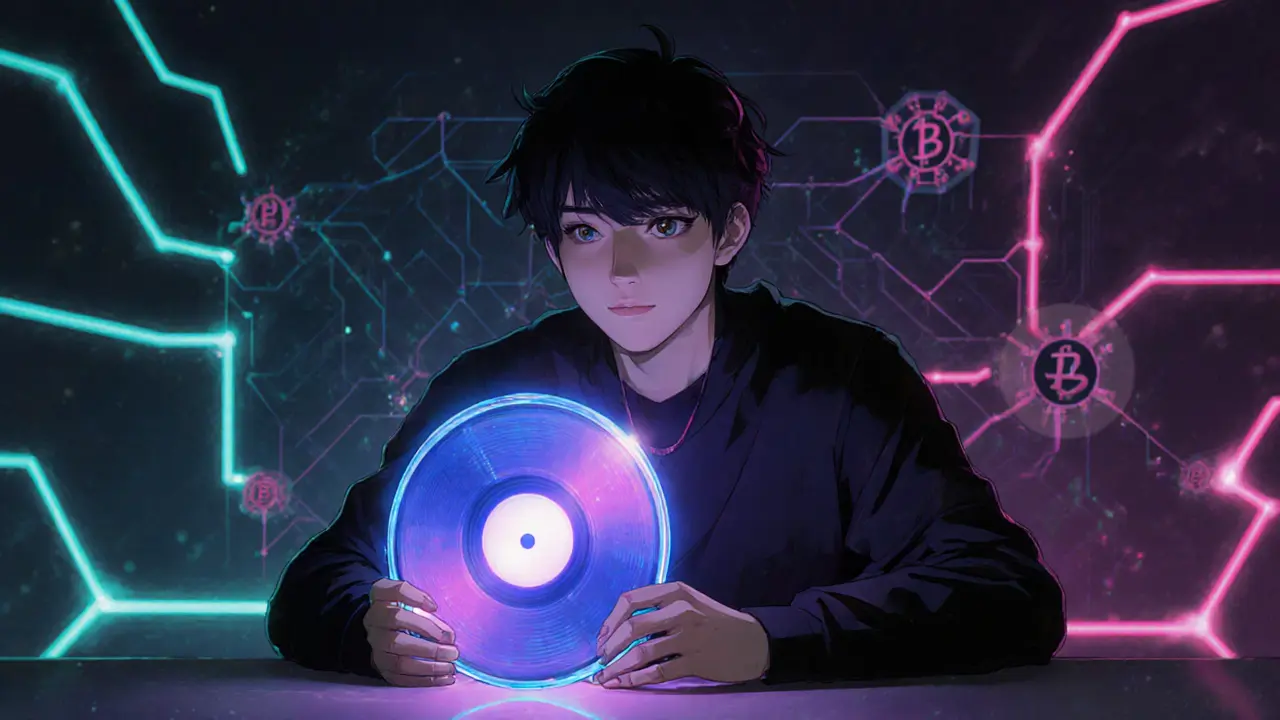Music NFTs: The Future of Sound on the Blockchain
When working with Music NFTs, unique digital tokens that represent ownership of a song, album, or any music‑related asset on a blockchain. Also known as audio NFTs, they let creators monetize directly and fans collect verifiable rights. Blockchain, a decentralized ledger that records every token transfer provides the transparent backbone, while Smart Contracts, self‑executing code that enforces royalty splits automate payouts.
Music NFTs encompass tokenized audio files, concert tickets, and exclusive merch bundles. They require a smart‑contract layer to define ownership rules, and they enable royalty distribution that follows the token whenever it’s sold. This means artists earn a cut on every secondary market trade, a model that traditional music licensing can’t match. Because the token lives on a blockchain, fans can verify authenticity instantly, turning songs into true digital collectibles.
Why Artists and Collectors Care
Artists gain a new revenue stream and direct fan engagement; collectors gain scarcity and provable provenance. The tokenization of music also opens doors for collaborative projects, where multiple creators share a single NFT and split royalties via predefined percentages. Meanwhile, platforms that host Music NFTs often layer additional features—like embedded multimedia players or immersive VR concert experiences—making the token more than just a static file.
In the posts below you’ll discover deep dives into specific Music NFT projects, step‑by‑step guides on minting your own tracks, analysis of royalty mechanisms, and real‑world examples of how the space is reshaping the music business. Let’s jump in and see the variety of opportunities waiting for creators and fans alike.
- September 6, 2025
- Comments 17
- Cryptocurrency

